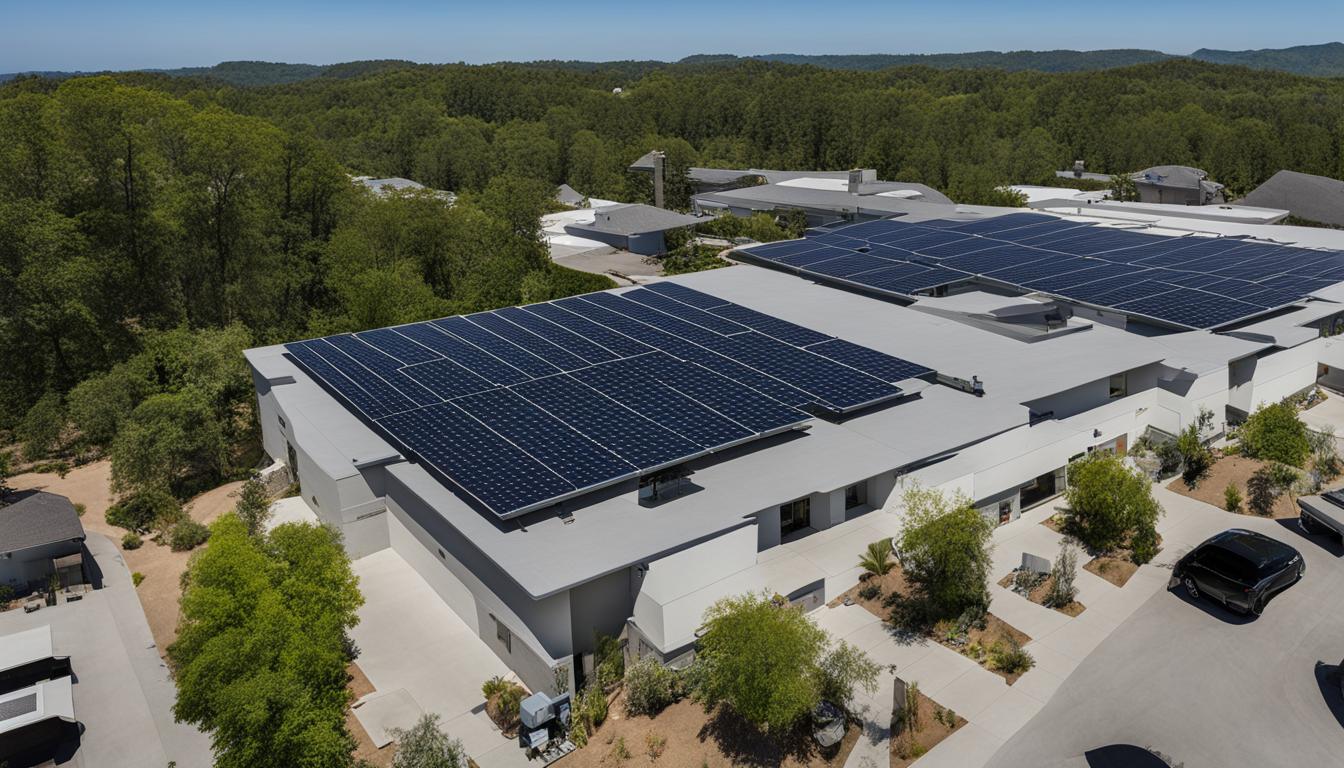
Explained: The Best Direction for Solar Panels

Isabella Ingram
Posted 11/26/2023
crucial role. By understanding how to position your panels to face the sun, you can ensure they capture the most sunlight throughout the day.
A southern orientation is generally recommended for solar panels, as it allows them to face the sun during the peak hours of daylight. This positioning enables your panels to receive the maximum amount of sunlight, resulting in optimal energy generation.
By facing your solar panels southwards, you can also benefit from a consistent solar angle throughout the day, further enhancing their efficiency. This means that your panels will be exposed to sunlight for a longer duration, resulting in higher energy output.
Unlock the potential of your solar panels by harnessing the power of solar orientation. Place your panels in a south-facing direction to ensure they receive the greatest amount of sunlight throughout the day. This simple adjustment can significantly increase the energy production of your solar energy system, allowing you to enjoy the benefits of renewable energy while reducing your carbon footprint.
Positioning Solar Panels on Your Roof: Finding the Right Azimuth
When it comes to maximizing the efficiency of your solar panels, the position on your roof plays a crucial role. In this section, we will guide you on finding the right azimuth angle to ensure the optimal exposure of your solar panels to sunlight.
The Azimuth angle refers to the horizontal direction in which your solar panels are oriented. By aligning them correctly, you can capture the most sunlight throughout the day, maximizing your energy production.
Calculating the optimal azimuth for your location requires considering various factors such as your roof's configuration, the angle of the sun throughout the day, and the latitude of your area.
To find the ideal azimuth angle, you can use online tools or consult with solar professionals who can provide accurate calculations based on your specific location and roof setup.
Steps to Calculate the Optimal Azimuth:
- Evaluate your roof's structure and identify the best area for solar panel installation. Ideally, a clear, unobstructed space, such as a south-facing section, is preferable.
- Take note of the angle of your roof and the direction it faces. This information will help determine the tilt angle of your panels, which influences their performance.
- Consider the latitude of your location, as it affects the angle at which the sun hits the earth.
- Use an azimuth calculator or consult a solar professional to determine the optimal azimuth angle based on your latitude and roof characteristics.
- Adjust the positioning of your solar panels to align them with the calculated azimuth angle for maximum sunlight exposure.
By carefully positioning your solar panels on your roof and finding the right azimuth, you can ensure they capture the maximum amount of sunlight, optimizing the energy generation of your solar system and ultimately reducing your carbon footprint.
Conclusion
Efficient energy production from solar panels relies on understanding the importance of solar orientation. By facing your panels towards the south and finding the right azimuth angle, you can optimize their output and maximize your solar energy system's performance.
Remember, the ideal direction for your panels will depend on your location and roof configuration. Taking into account solar orientation and aligning your panels with the south can significantly increase the amount of sunlight they capture throughout the day, resulting in higher energy generation.
Embracing solar orientation not only enables you to harness the power of the sun but also contributes to reducing your carbon footprint. By utilizing the natural energy of sunlight, you can proactively take steps towards a more sustainable future.